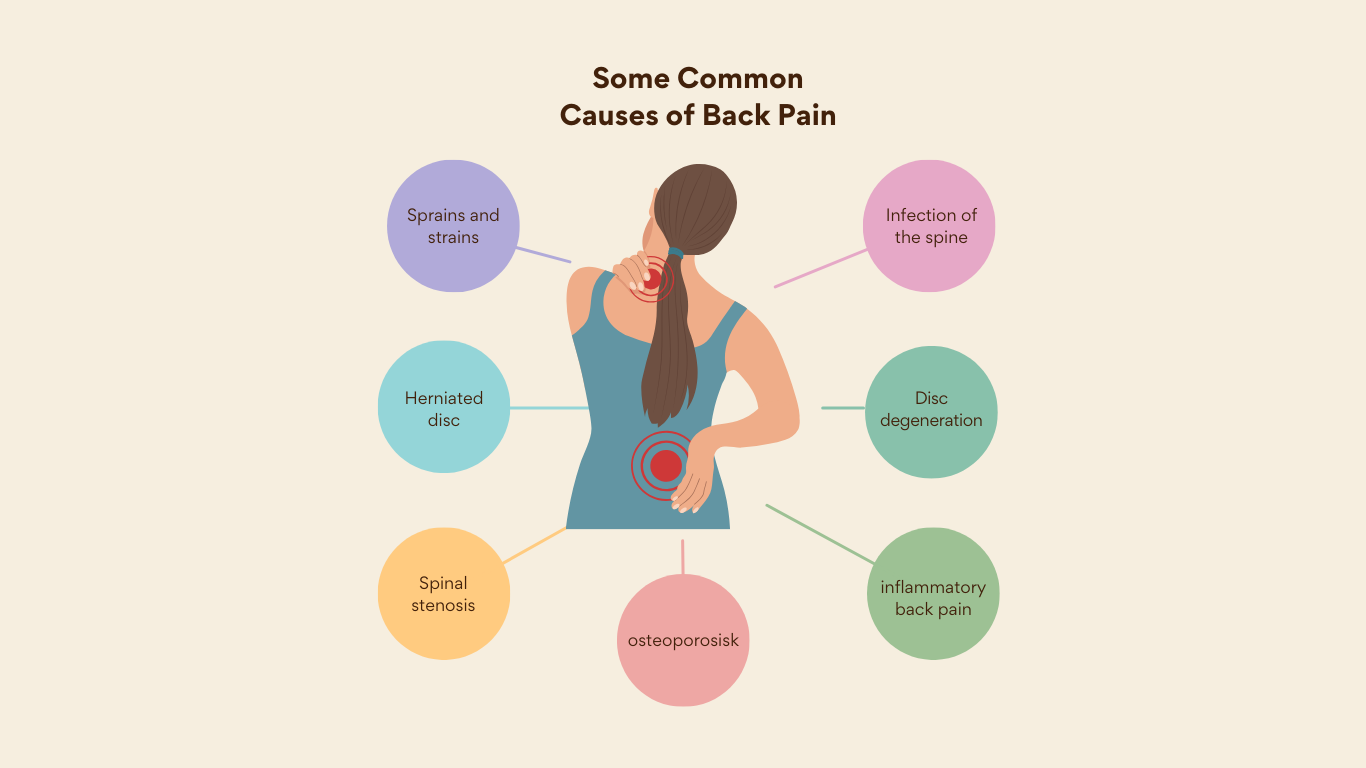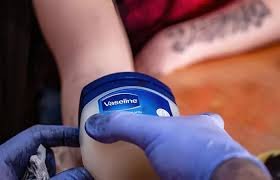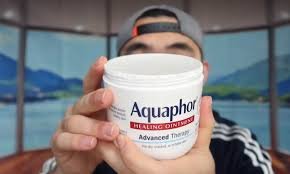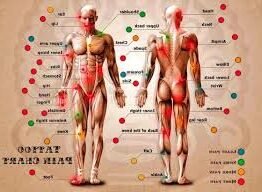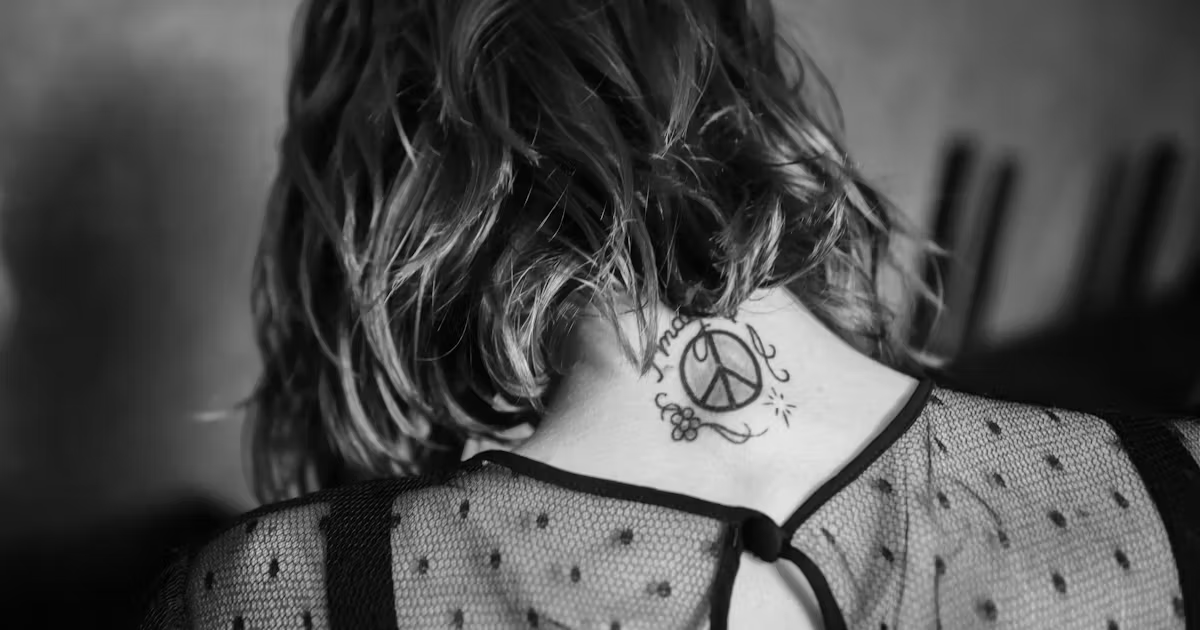Getting a tattoo is an exciting and deeply personal decision. Tattoos carry meaning, artistry, and individuality—but along with the excitement, many people worry about one unavoidable factor: the pain. The level of discomfort varies depending on placement, size, and even your personal pain threshold. Some areas of the body are…
Tattoo Aftercare
-
-
Top Fine Line Tattoo Aftercare Tips for Healing
Getting a fine line tattoo is an intimate, personal experience—a masterpiece etched into your skin with precise, delicate strokes. Unlike bold traditional tattoos, these minimalist designs rely on subtle, single-needle work, where every inch of ink carries detailed artistry. But here’s the truth: the process doesn’t end when you rise…
-
Why Use Aquaphor on Tattoos?
Getting tattooed is an epic commitment—your ink should stay vibrant and healthy for years. But the healing process is just as important as the art itself. Pay close attention to aftercare, or you’ll risk fading or infections. As someone who’s been inked multiple times, I’ve learned the hard way that…
-
Perfect Aquaphor Use for Fresh Tattoos
Getting a fresh tattoo is exciting, but the real work begins after you leave the studio. Your skin is traumatized, and that vibrant ink is essentially an open wound for the first few weeks. Proper care is crucial to heal properly and show off your new art without issues. Many…
-
Tattoo Infection? Don’t Make These Mistakes
Even with a licensed tattoo artist and proper aftercare, your skin can show unexpected reactions—some weird effects appear immediately, while others take weeks or years to start happening. Infection When it’s likely to appear: Infection risks exist both immediately after your tattoo session and can emerge days or even months…
-
Stop Skin Damage With This Trick
Petrolatum (better known as petroleum jelly) is derived from petroleum and often used in personal care products as a moisturizing agent – when properly refined, it has no known health concerns. However, here’s the catch: in the US, it’s often not fully refined, which means it can be contaminated with…
-
Where Tattoos Hurt Most (Full Body Guide)
Getting inked isn’t just about the design—pain levels depend heavily on your location choice and personal tolerance. As someone who’s sat through multiple sessions, I can confirm: areas with least fat, most nerve endings, or thinnest skin (like bony areas) hurt the most. The process involves piercing your top layer…
-
Medical Tattoo Aftercare: What Really Works
The tattoo healing process isn’t a quick fix—it’s a journey. While the surface may heal in 2 to 3 weeks, deeper layers of skin can take up to 6 months to fully recover. At first, expect initial oozing, redness, and a bit of swelling as your tattooed area forms scabs.…
-
Tattoo Healing? Smart Aquaphor Use Explained
When you get a new tattoo, keeping it moist is key—but overdoing it can cause problems. For the initial period (3-5 days), applying Aquaphor in a thin layer helps prevent excessive itching and keep the skin hydrated. However, if the ointment looks thick, shines, or feels sticky, you’re likely using…
